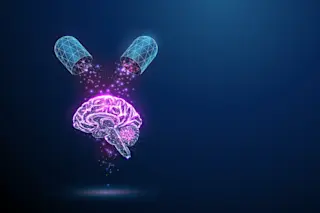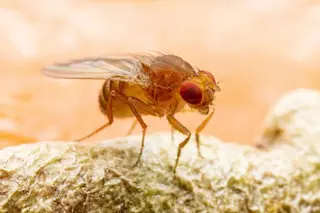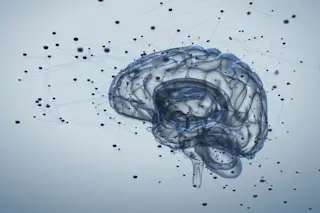By Amy Sterling Four years ago a citizen science game called Eyewire hatched from Seung Lab, then at MIT and now at Princeton. Its goal was to pair up gamers with a challenge that has been bottlenecking neuroscience for decades: mapping the brain. Over the years the project grew. Hundreds of thousands of people helped, enabling new discoveries and stunning visualizations of neurons.
Science Heroes at Work Credit: Zoe Gilette After years of work, Mystic, the first Eyewire expansion pack, will go live on June 30 and be open to any qualifying Eyewire player. Mystic teleports players across brain dimensions; specifically, from the mouse retina world of Eyewire to the hindbrain of a larval zebrafish, that we’re going to call zfish for short. We’re mapping a region similar to the brainstem in humans. It’s an important junction in motor control containing cells called “integrator neurons” that transform signals related to ...













